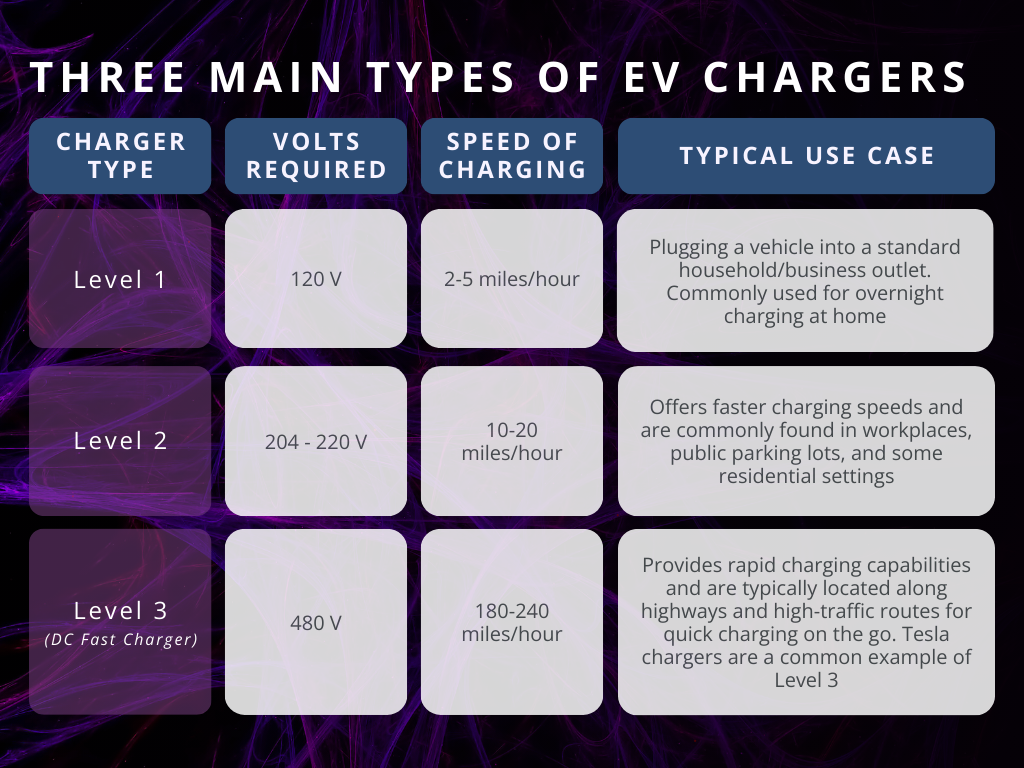04/04/2024
Driven by advancements in battery technology, environmental concerns, and government incentives, adoption of Electric Vehicle Technologies has greatly expanded in recent years. In 2024 alone, the U.S. federal government announced $623 million in grants to improve infrastructure for the electrification of transportation and other alternative fuels across the country. As businesses across industries grapple with the implications of this shift, it is essential to understand the technology, market trends and strategies that can help them navigate the EV revolution effectively. By proactively exploring the nuances of EV technology, organizations can better prepare for an electrified future.
EV 101
The U.S. Department of Energy defines an Electric Vehicle as “a vehicle that can be powered by an electric motor that draws electricity from a battery and is capable of being charged from an external source.” Many people associate EVs with road vehicles (like sedans or long-haul trucks), but EVs account for other vehicles too–including planes.
As with any new technology, EVs have had their own growing pains in their race to adoption. Early battery technologies with mileage limitations combined with limited charging infrastructure led to so-called “range anxiety” amongst consumers. However, EV companies are implementing promising new technologies, such as silicon anode batteries, and researching the possibility of solid-state batteries that will greatly increase EV efficiency in the future. Advances in technologies combined with incentives that are being made at the federal, state, and local levels may make EV adoption more enticing to businesses and consumers.
EVs are still an emerging technology, so there are many complexities to navigate when exploring fleet electrification. For any organization exploring the implementation of EVs, here are the three overarching questions to consider:
1. Does the business have a solid use case that illustrates how the implementation of EVs will help achieve greater profitability, environmental goals, or organizational objectives?
2. Does the business location have the electrical infrastructure necessary to support EV fleet charging?
3. Does the business have a plan for how to obtain cost-effective energy to charge their vehicles?
Common Electrification of Transportation Use Cases
One fundamental benefit of EV technology is their energy efficiency compared to a traditional Internal Combustion Engine (ICE). As EVs use energy from a battery instead of gas or diesel, there is a significant energy savings during the time that the vehicle spends idling. The Department of Energy has calculated that EVs have an overall 15% to 20% energy loss compared to the 64% to 75% energy loss in ICE vehicles. The energy efficiency of EVs increases even more when factoring in the regenerative breaking technology found in many electric and hybrid vehicles. For this reason, some of the most popular use cases for EVs are when vehicles drive in city traffic and start and stop often. Common examples of EV adoption include school buses, garbage trucks, and delivery vans. Organizations that have vehicles that fit this description may find benefits in electrifying their fleet.



